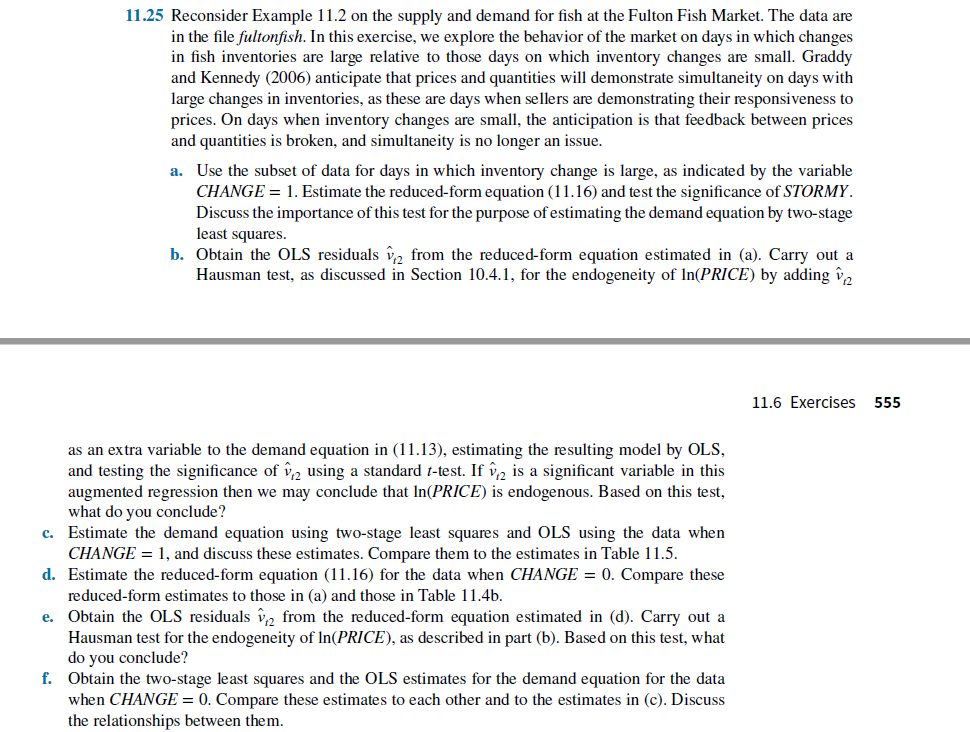Answered step by step
Verified Expert Solution
Question
1 Approved Answer
https://github.com/ccolonescu/POE5Rdata/tree/master/datar find a data in this website and look picute do part a and b (use r studio) 1'. 11.25 Reconsider Example 11.2 on the
https://github.com/ccolonescu/POE5Rdata/tree/master/datar
find a data in this website and look picute do part a and b (use r studio)

Step by Step Solution
There are 3 Steps involved in it
Step: 1

Get Instant Access to Expert-Tailored Solutions
See step-by-step solutions with expert insights and AI powered tools for academic success
Step: 2

Step: 3

Ace Your Homework with AI
Get the answers you need in no time with our AI-driven, step-by-step assistance
Get Started


